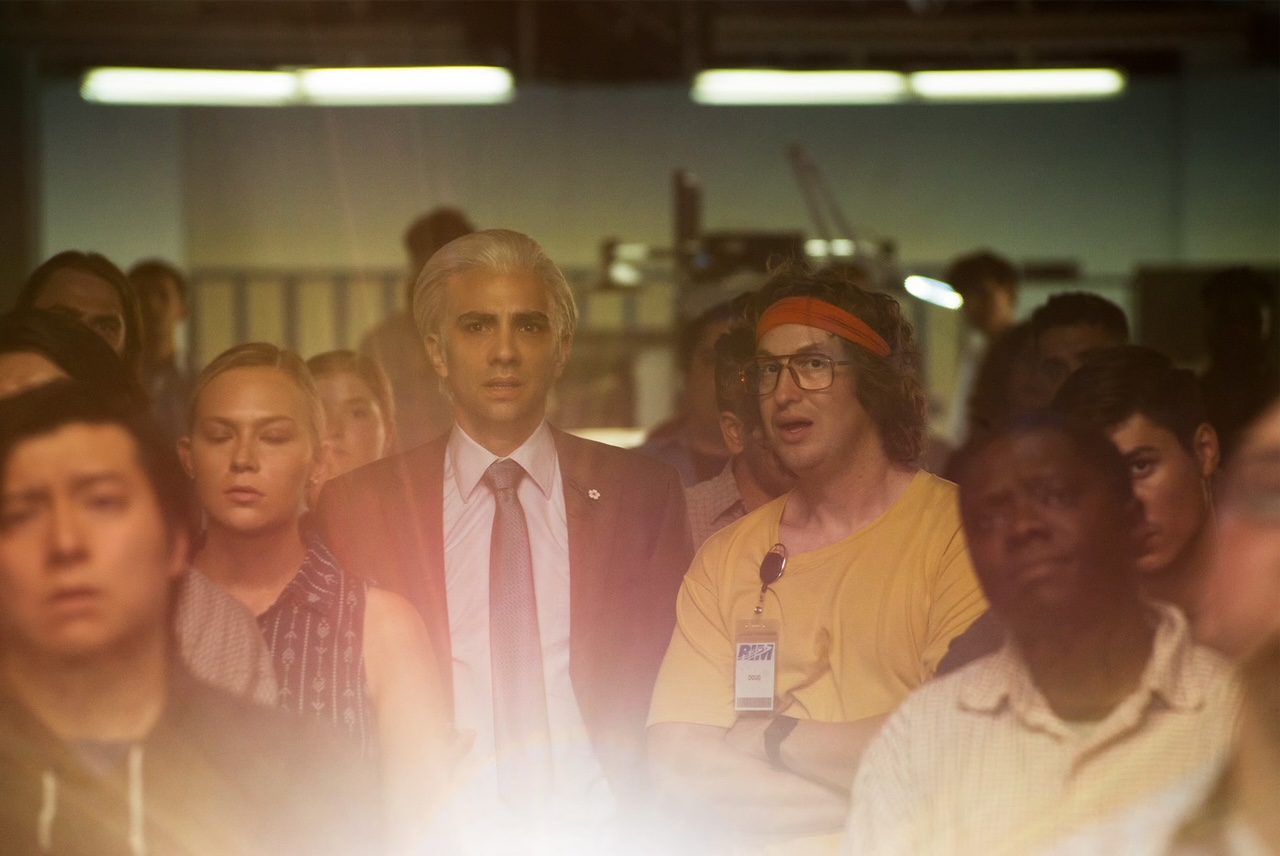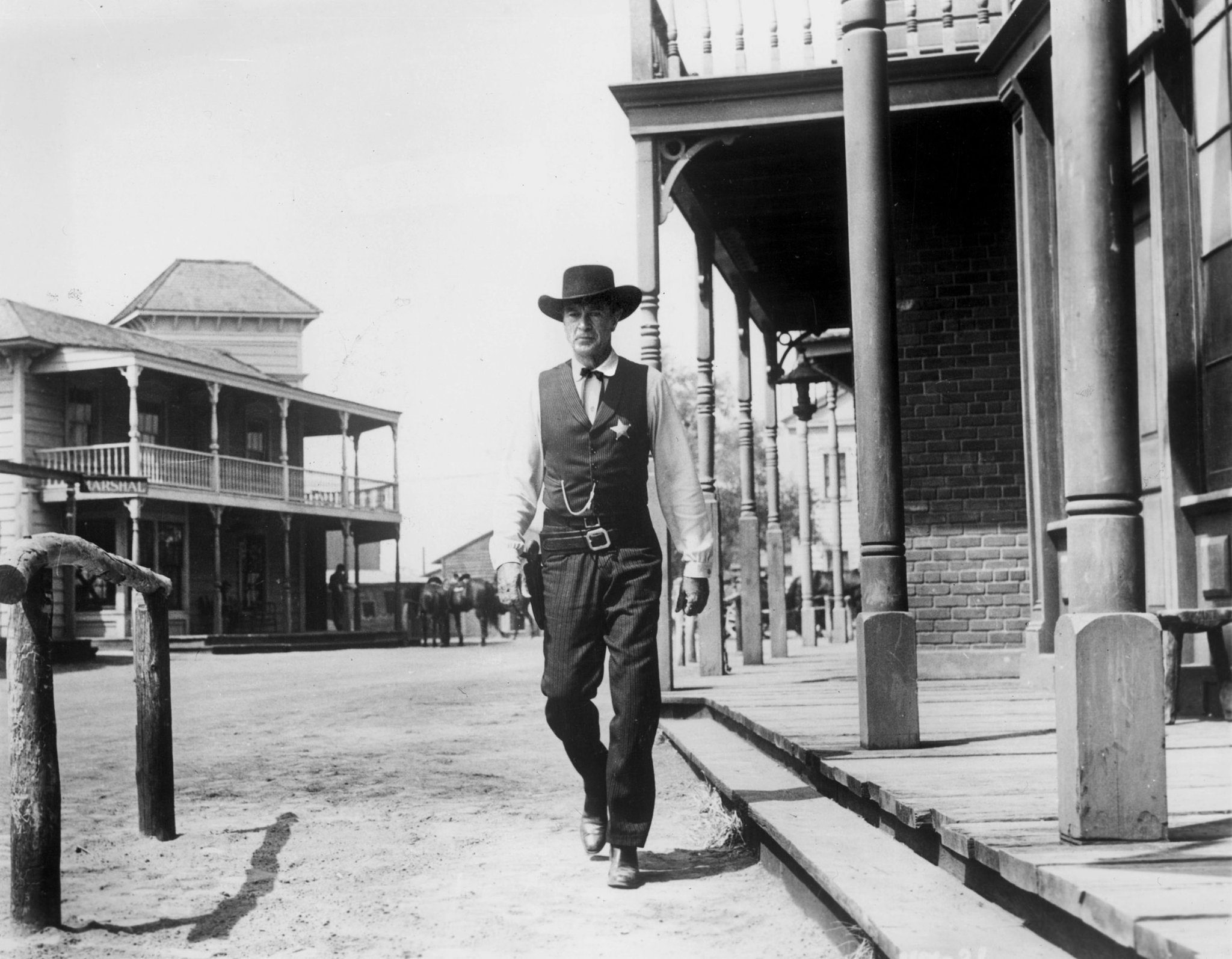‘What are you lookin at?’
Taken from Hulu’s limited series, Pam & Tommy, this may seem like a simple, throwaway line but it actually asks a much deeper question about the way we view our celebrities and each other. Smartly written and executed, this is a show about power and control. And it all starts with the way we look at one another.
Set in the days just prior to the internet explosion, Pam & Tommy is based on the events surrounding the release of Pamela Anderson (Lily James) and Tommy Lee (Sebastian Stan)’s infamous sex tape. After a disgruntled contractor (Seth Rogan) steals the tape from their home, the intimate personal moments of one of Hollywood?s power couples became a global phenomenon that had everyone talking.

Created by Robert Siegel, Pam & Tommy begins as an energetic heist series but becomes a powerful and poignant commentary on the destructive power of toxic masculinity. While there are moments where the narrative threatens to unravel into soapy madness, the performances by James and Stan are so convincing that they immediately pull the viewer back into the story. Together, their chemistry is palpable. The push and pull between them has an electricity that works in almost every moment that they are together onscreen.
As the violently erratic Tommy Lee, Stan is utterly unrecognizable and leans fully into the performance. However, its James who is absolutely mesmerizing. With each passing episode, James shows an increasing strength that is both powerful and compelling. Although she portrays Anderson with patience and grace, James fuels her with a quiet rage that simmers underneath. There is a fire and fury in her performance that demands attention. (Incidentally, while Tommy Lee has reportedly given the series his blessing, Anderson has declined to support it.)

Whether one realizes it or not, the release of Pam and Tommy’s sex tape was a game-changing moment in the way that our culture consumes both sexuality and celebrity. However, rather than use the series to satirize its subjects, Siegel and his team see this as an opportunity to deconstruct the damage caused by the male gaze.
Admittedly, at the beginning of the series, the show feels imbalanced. For a show called Pam & Tommy, there’s a surprisingly heavy emphasis on Tommy over Pam in the first few episodes. As a result, it feels like the wrong story is about to be told.
But that’s part of the point.

What makes Pam & Tommy so interesting is that it is more invested in putting our cultural obsession with sexuality on trial and, most specifically, the male gaze. As the series begins, there’s a heavy emphasis on the male perspective. Rand can’t handle working as Tommy’s contractor and wants to screw over the guy who was doing the same to him. Tommy’s career is struggling as the music scene transitions to a grunge market. Uncle Miltie makes fast money exploiting sexuality and sees an opportunity to do so at Tommy’s expense. From the outset, this very clearly a man’s world and they are taking the lead within it.
Because that’s what men do, right? Take control.
However, as Pam & Tommy progresses, there’s a dramatic shift in the series’ voice. The presence of strong female directors like Lake Bell, Gwenyth Horder-Payton and Hannah Fidell behind the camera provide the necessary perspective to shape the show’s view of sexuality in a healthier manner. What’s more, James’ Anderson begins to move increasingly into the forefront and the conversation surrounding the toxicity of the male gaze becomes more prominent. Whether it’s Anderson’s producers on Baywatch or the way that their tape is consumed so rapidly, the harm caused by the oppressive masculine view is increasingly obvious. To them, Pam is little more than the sum of her features and it silences her voice.

As such, the devastation by the release of the infamous tape is far deeper than making a few dollars. Made as a celebration of their love and for their eyes only, their tape became a weapon that was used against them. With each viewing, the tape reinforces the culture’s dangerous celebration of Lee as sexually powerful and criticism of Anderson as sexual property. Seeing their personal and private moments changes the way that the public values them.
At the same time, it’s worth noting that Pam & Tommy more than earns its R-rating, especially in the absolutely wild second episode. (After all, sexuality is core to the conversation here.) However, that more graphic content gradually disappears as the series takes its use of sexuality more seriously. In a show about exploitation, Pam & Tommy also wants to ensure that it does not become part of the problem.

In fact, what Pam & Tommy does so well is remind the viewer that this was a video that none of us were ever supposed to see. For example, as each man stares deeply at their screen to watch Pam & Tommy’s most intimate moments, the series leaves the monitors off to the viewer. We hear the tape but we are not allowed to see it for ourselves. In a brilliant choice by the showrunners, the series keeps the viewer at a safe distance from the visuals. (In fact, the only times where the tape can be viewed at all are in moments when the couple watch it themselves.) The series never condemns the couple for making the tape but refuses to allow us to participate in watching it.
In many ways, it’s heart-breaking that the real Anderson has declined to sign off–or even comment–on the series itself. Perhaps the details of the events are incorrect. Perhaps she simply wanted to put this chapter of their lives behind them. Whatever the reason, her lack of involvement is somewhat of a shame. (And arguably bites back at the nature of consent as well.) Despite its pop-fueled energy, this depiction of Pam & Tommy never feels as salacious as it could have been told.

If anything, it feels more like a public apology.
While the series never judges the industry itself, it makes a point of identifying the toxicity that is created when consent is ignored. Coming at a time when celebrity cellphone hacks are common and privacy is at an all-time low, Pam & Tommy suggests that the real poison in our culture comes when we choose the body over the soul. It acknowledges that Pam and Tommy are real people and, if anything, we are in the wrong for viewing them as any less.
For all of these reasons, Pam & Tommy becomes much more than simply a dramatic representation of a sexual scandal. Showrunner Siegel and his team have instead used the trauma of one couple to explore problems that extend far beyond one tape or moment in history. Through Pam & Tommy, they remind us that what we’re looking at changes the way we see the world.
The first three episodes of Pam & Tommy stream on Hulu and Star+ on Wednesday, February 2nd, 2022 with new episodes following weekly.
FeaturesHuluReviews




